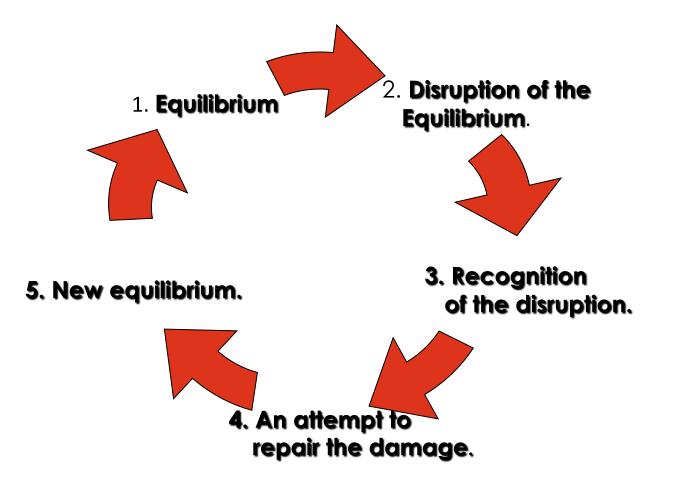Todorov's Narrative Theory and Stranger Things
You will need to be able to provide an explanation regarding Todorov’s theory and how it is sufficiently simple to be widely applicable, meaning that it is possible to identify his key elements of his narrative theory in long form television drama
For Example: Stranger Things – the initial equilibrium is the happy suburban lifestyle, the disruption is Will’s abduction.
You will need to demonstrate in your exam...
Identification that Todorov’s theory is very useful in teasing out the messages and values underlying a narrative, in pointing to the significance of the transformation between the initial equilibrium (displayed or implied) and the new equilibrium.
Identification that the simplicity of Todorov’s theory might limit its effectiveness in understanding complex narratives.
Todorov’s theory is not designed to explain serial narratives like long form dramas where climax and resolution are necessarily delayed and sometimes, in programmes that are designed to last many series, are never reached Todorov’s theory does not help to understand television’s tendency towards segmentation rather than linearity, e.g. the multiple segmented storylines of some long form dramas.
Todorov’s theory does not help to understand narrative strands that do not add to the narrative drive towards resolution but establish characterisation, spiral out from the main linear narrative or create cliffhangers
For Example: Stranger Things – the Dungeons and Dragons sequence or Steve sneaking into the house.
TASK: Draw a diagram of Todorov's theory like the one above and attempt to plot the key points of the narrative of episode one onto it.
